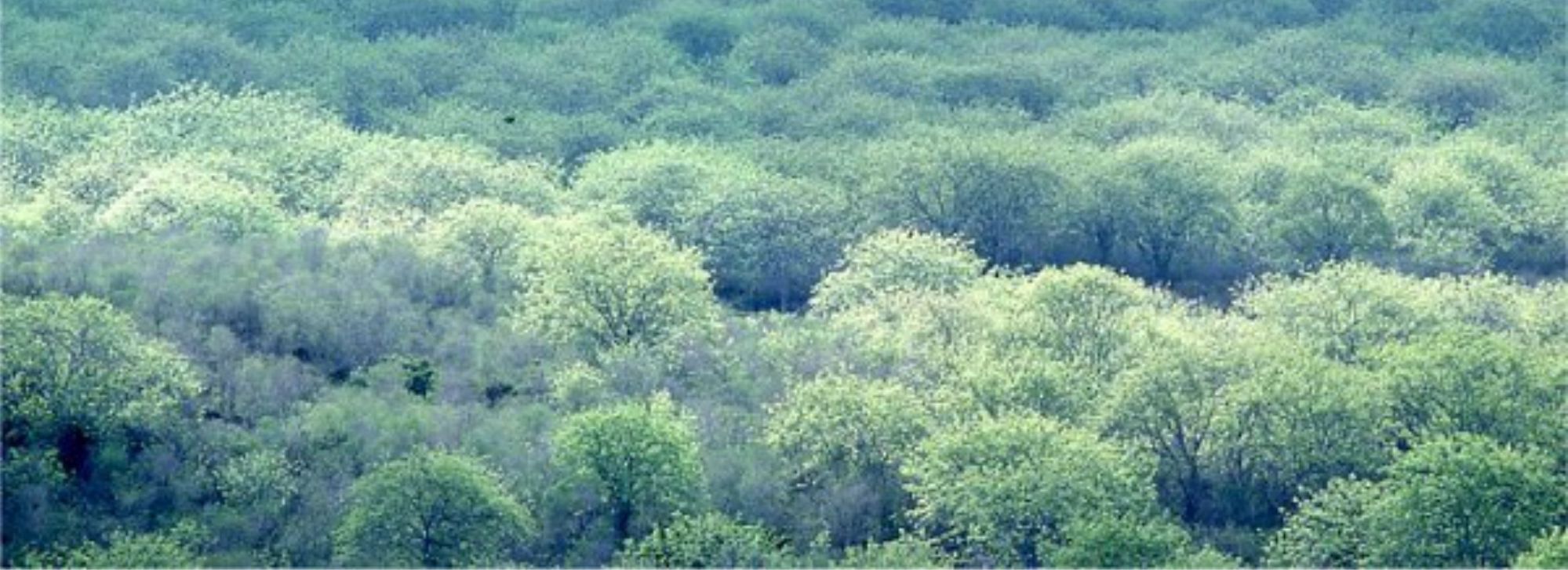Pottery in the ponds
Tangible cultural heritage includes a series of elements closely related to the memory, the history and the identity of a society and the territory it occupies. From buildings to civil engineering works, through technological instruments and devices, objects of daily life, historical documents and human landscapes, tangible heritage makes up a collection as rich as it is diverse.
Galapagos' tangible heritage, as little recognized as it is protected, comprises a series of items that account for the different stages of human occupation of the archipelago: from (supposed) pre-Hispanic navigators and Spanish conquerors to pirates, whalers, Robinsons and scientists. And, of course, the many waves of settlers that gave rise to the current population.
Among the elements that make up the heritage of Galapagos is a series of archaeological artifacts, sometimes attributed to pre-Columbian Ecuadorian and Peruvian cultures but generally linked to pirate and whaling activity, which are usually unearthed at specific points on the island coasts: vessels, dishes, pipes, and other utensil fragments. Such elements fed the first two collections of Galapagoan archeology: Thor Heyerdahl's collection (1953, preserved today in the Kon Tiki Museum in Norway) and the Maruri collection (1963).
But the activity of visitors / navigators was not limited to the coast and, therefore, the remains they left can also be found inland. Something that the workers of the Charles Darwin Research Station (CDRS) discovered when they began their activities on the islands in 1960.
The findings of those professionals were stored in a kind of "museum" located in the same building as the Charles Darwin Foundation's (CDF) library and archive. In the 1980s, the CDF archaeological collection was large enough for Ecuadorian scholars to visit it, and even describe it in a couple of articles.
In 2005, a scientific expedition led by the Australian Simon Haberle conducted a series of studies that included the survey of archaeological pieces in the archipelago. After reviewing the Heyerdahl and Maruri collections and the reports on the old CDF collection, the expedition members understood that the presence of remains was equal on the coastline and in the highlands. Given that finding archaeological elements was much easier near the sea (the easy landing sites on the islands are few, being there where the sailors of yesteryear camped) and that in the mountains the vegetation, generally dense, prevents any type of survey, it was logical that the best-known sites of appearance of ceramics, glass, etc. were the beaches. But in the largest islands' interiors, the water sources were located: artifacts could surely be found in their neighborhoods.
Haberle's expedition did not find remains at those sites, but its members did collect testimonies from the inhabitants of the area that confirmed their suspicions. They reported on them in the article "Reconsidering Precolumbian human colonization in the Galapagos Islands, Republic of Ecuador".
Much of the forested zone on the southwest slopes of Santa Cruz has been turned into farmland. Interviews with 24 farmers in this district, most of them first-generation settlers from mainland Ecuador, were informative because the farmers were familiar with similar pottery sherds they had seen as youths on their family farms on the mainland. They reported occasional sherds only at the Santa Rosa spring and near the Salasaca ponds (p. 173).
There is a huge tangible heritage in Galapagos to discover. In this process, the intangible heritage (life memory, oral tradition) becomes an invaluable help element.
[The photograph that illustrates this text is a slide preserved in the CDF Archive. It was taken by Godfrey Merlen in January 1996 on Isabela Island. It shows the lower slopes of Alcedo volcano above Urbina Bay].
References
Anderson, A. et al. (2016). Reconsidering Precolumbian human colonization in the Galápagos Islands, Republic of Ecuador. Latin American Antiquity, 27 (2), June, pp. 169-183.
Text & picture: Edgardo Civallero (edgardo.civallero@fcdarwin.org.ec).
Publication date: 1 December 2021
Last update: 1 December 2021
